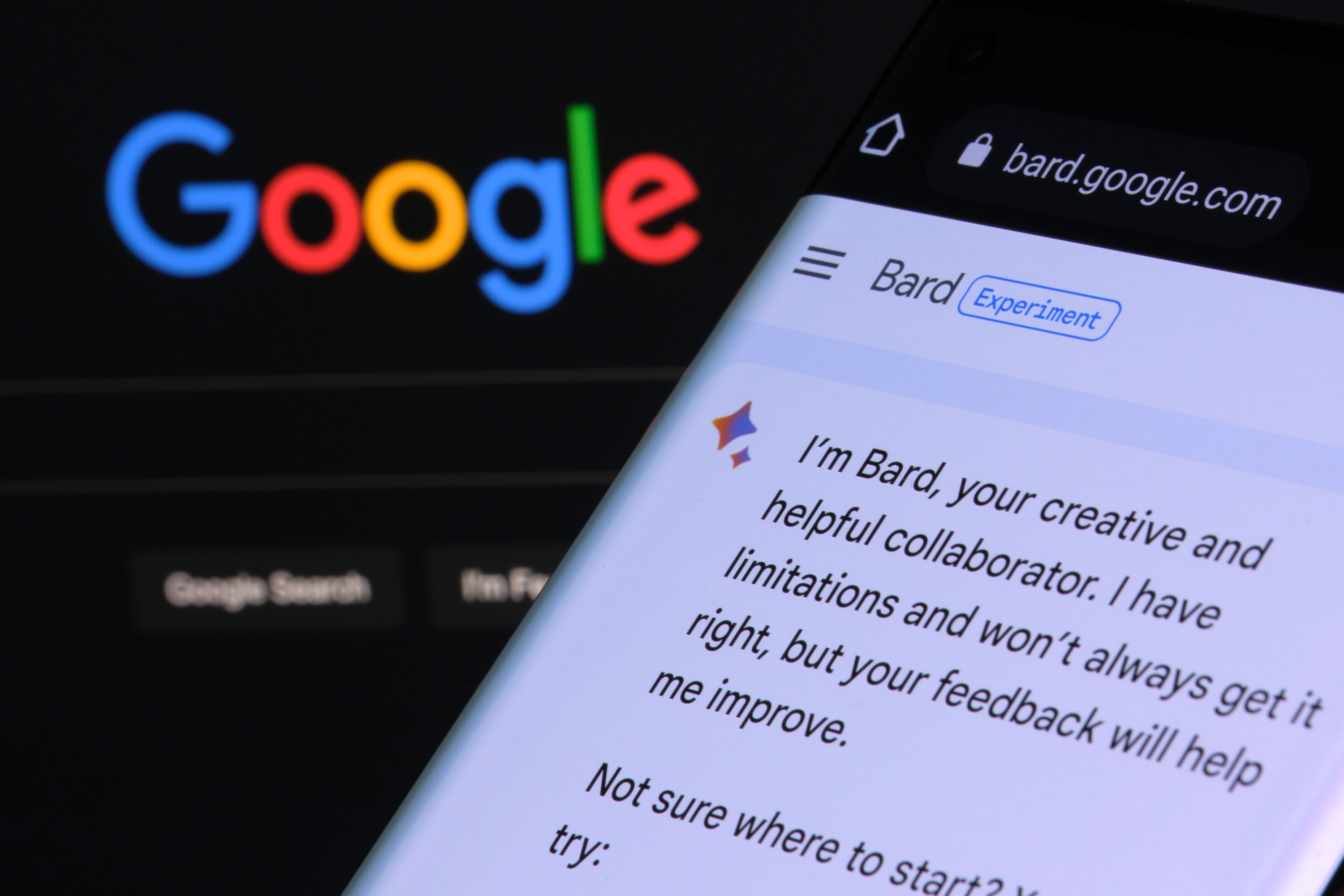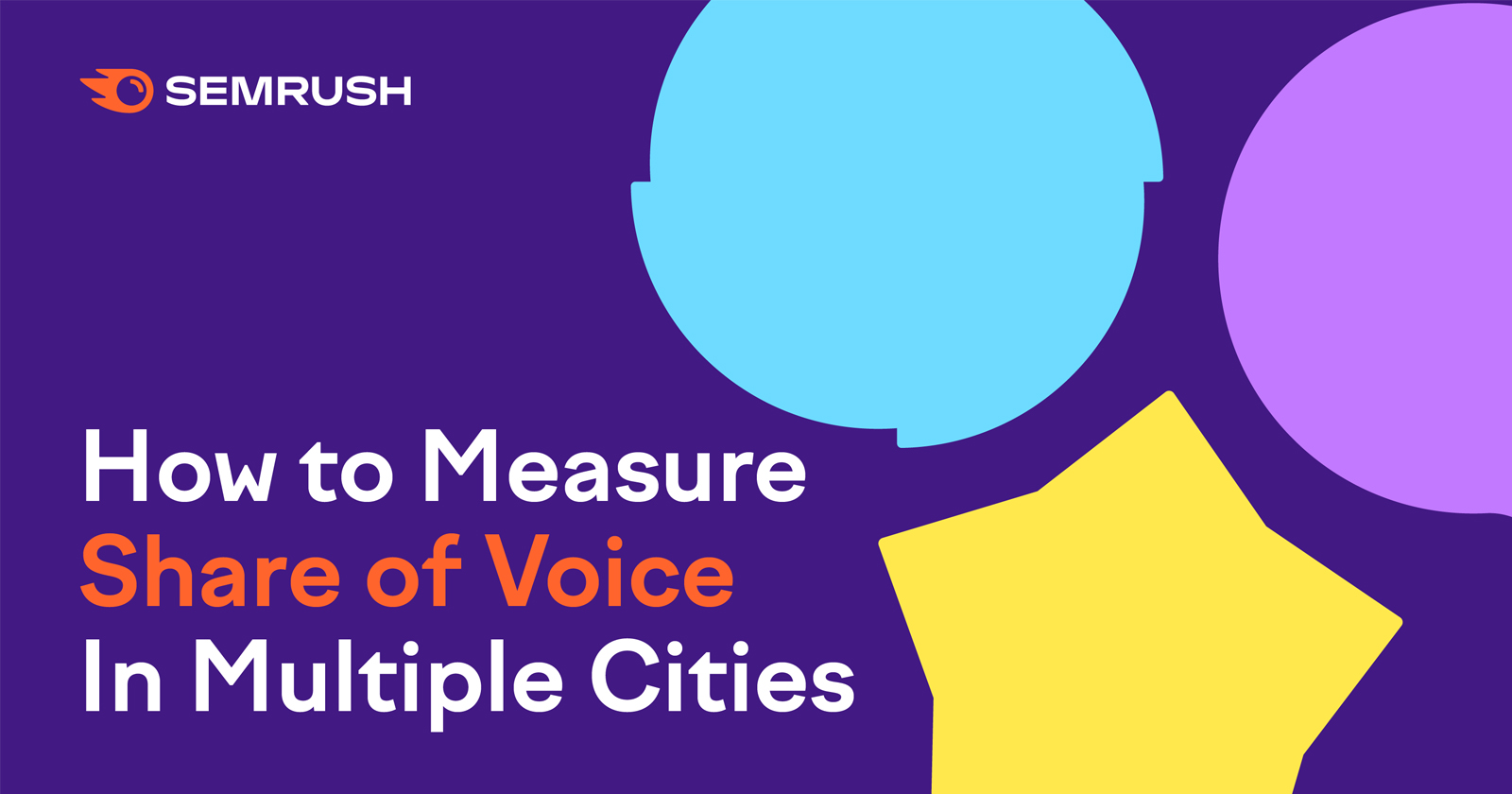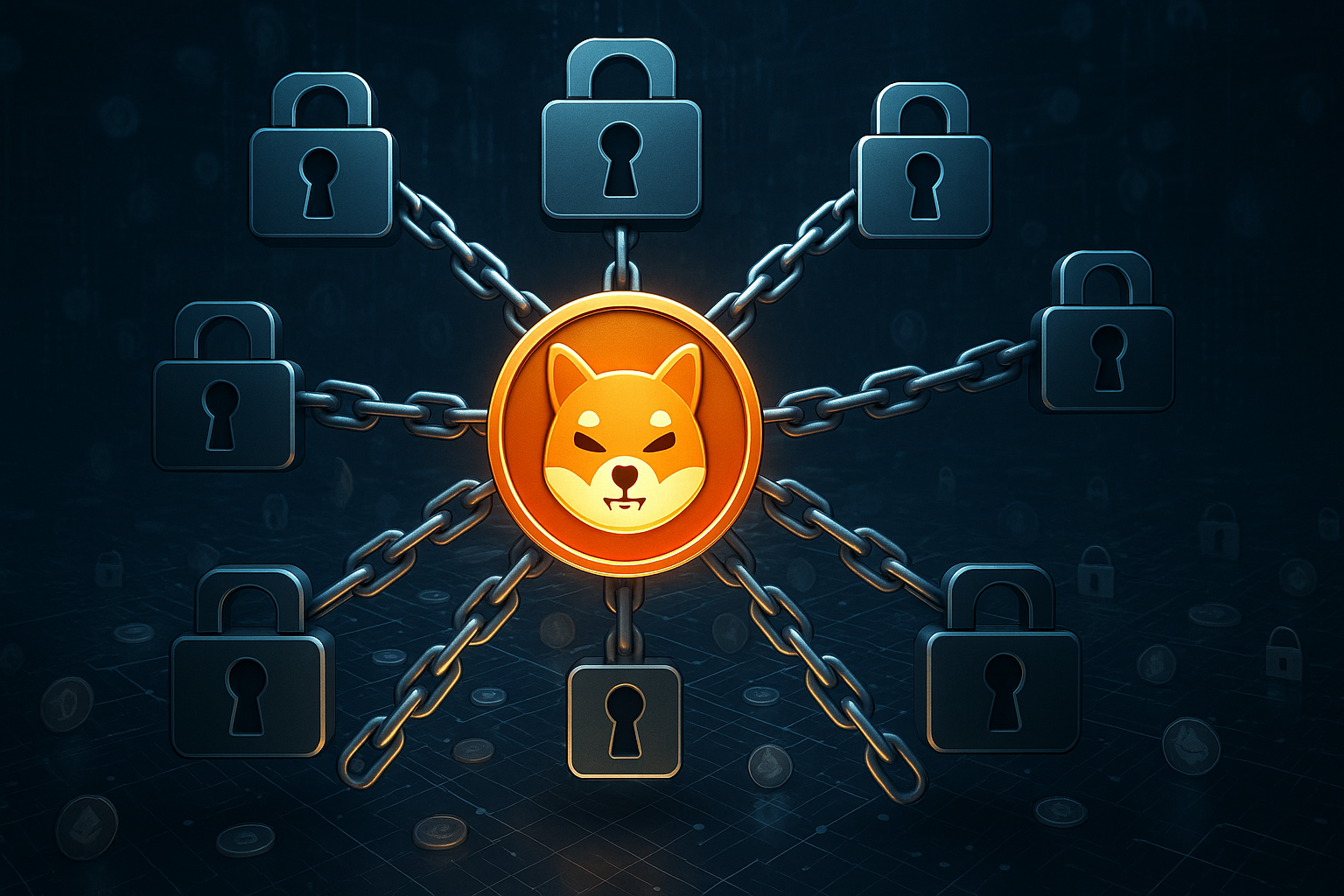Google Bard Director Talks Usage, Ethics, And Competitive Advantage via @sejournal, @MattGSouthern
Explore Google Bard's future, user feedback, and competitive strategies in Search Engine Journal's exclusive interview with Yury Pinsky. The post Google Bard Director Talks Usage, Ethics, And Competitive Advantage appeared first on Search Engine Journal.

In an exclusive interview with Search Engine Journal, Yury Pinsky, Director of Product Management at Google Bard, provides insight into the current status and future trajectory of Google’s experimental AI chatbot.
The interview offers a first-hand perspective into where Bard stands currently, where Google hopes to take it in the future, and how Google is approaching challenges like potential biases and misinformation with this new AI tool.
User Feedback And Usage Patterns
Pinsky reported that the initial feedback on Bard since its launch has been positive.
He highlighted that people have quickly integrated Bard into their workflows to discover how to use it best.
“We’re hearing that across the world, people are eager to engage and collaborate with Bard. I think it’s rather interesting that we are going through this journey alongside our users as we both learn and discover how to make the most of generative AI together.”
Most people use Bard for developing concepts, programming, and grasping complicated subjects, Pinsky says:
“In terms of common themes or, more specifically, how people are using Bard, we are seeing most people use it for writing, i.e., finding the right words to use from an initial user’s idea, working through an idea, coding, and helping people understand complex topics.”
Bard Vs. Google Search
Regarding the relationship between Bard and Google Search, Pinsky highlighted that the two are distinct yet complementary products.
“Bard and Search are separate products; in fact, we see Bard as an experience that is complementary to Search. Bard can help boost your productivity, accelerate your ideas, and fuel your curiosity.”
Google Search has long been a tool for finding information, while Bard was created as a chatbot meant to boost user productivity and creativity.
Bard’s current focus is on how it can encourage creative thinking, not just a basic search users might conduct on Google.
Pinsky continues:
“Whereas the generative capabilities in Search [can] help people in their information journeys, staying true to our strong foundations of information quality and connecting people with a range of sources and perspectives [is crucial].
For now, we’re excited and focused on how people use Bard for creative exploration — in ways that are different from how they typically look for information with Google Search.”
Bard’s Strengths And Areas For Improvement
When asked about Bard’s strengths and weaknesses, Pinsky believes that Bard is skilled at being a creative partner, especially in drafting professional correspondence and the like.
“One of the huge benefits of Bard is that it’s a pretty effective creative collaborator. So for tasks like creating drafts of [something like] a professional letter … Bard can help you find the right words.”
Bard also helps users expand on their ideas to reach innovative solutions, Pinsky explains:
“Another way we’re seeing people use Bard is to generate ideas. Bard can help you from a starting point like you thinking about a trip with family to generating suggested places to visit – and with Extensions, generating options for flights and hotels.
I truly think where Bard excels is helping people build on their ideas to come up with creative conclusions.”
Like other AI language models, Pinksy acknowledges that Bard sometimes makes up incorrect information, known as “hallucinating.”
He encourages people to use the feedback tool to identify inaccuracies, stressing Google’s dedication to transparency and accountability in responsibly developing AI.
“In terms of improvement, we’ve been transparent that hallucinations continue to be a known challenge of LLMs.
When we launched Bard, we published an overview by James Manyika, our head of technology and society, that examines many of these limitations and our approach to mitigating them.
We believe this transparency is important and critical to being responsible with generative AI.
So, we encourage people to use the thumbs down button and provide feedback if they see a hallucination or something that isn’t accurate. That’s one way Bard will learn and improve.”
Quality Assurance And Expansion
Pinsky discussed how Google constantly evaluates and improves Bard’s response quality through user feedback.
“Our user research teams spend a lot of time with our users to better understand the features that they resonate with, how our responses can be better, and how they are using Bard.
Additionally, our ‘thumbs up and down’ feature allows us to evaluate how good Bard is with responses and if we are making progress.”
He emphasized that expanding access to Bard aligns with Google’s mission, but maintaining high-quality responses and responsible AI development remains the top priority over speed of deployment.
“When we announced Bard in February, we initially opened it up to our trusted testers before making it more widely available to the public. These testers help provide critical feedback ahead of broader release.”
Ethical Measures For Bard
In addressing concerns about ethical issues such as bias and misinformation, Pinsky said that Bard was developed according to Google’s principles for ethical AI.
“We go to great lengths to build all of our products consistent with our AI Principles, where we’ve noted that we seek to avoid unjust impacts, including those related to … political/religious beliefs, race, ethnicity, gender, nationality, income, sexual orientation, and ability. We have taken the same approach with Bard.”
The team has taken steps to prevent unfair outcomes related to sensitive attributes when using Bard. The system is regularly checked by people who provide feedback and evaluation. If any problems come up, Pinsky says, Google can quickly take action to address them.
He continues:
“We’re using human feedback and evaluation to improve our systems, but like all LLM-based interfaces, Bard will make mistakes, and when we find that the experience isn’t performing in a way that aligns to our approach, we will work quickly to fix it.
More broadly speaking, finding ways to represent different viewpoints or prevent bias is something that society itself struggles with – it’s a very complex issue and something we continue to work on.”
Standing Out In The AI Market
When discussing how Google intends to differentiate Bard in an increasingly competitive space, Pinsky highlighted Google’s people-focused strategy for making Bard stand out among increased competition with chatbots powered by large language models (LLMs).
“I feel so lucky because it’s an exciting time to be working in this space — there is a vibrant ecosystem with lots of choice, which is great for consumers and the progress of technology.
At Google, we like to say: Put people first, and the rest will follow. And that’s exactly how we’ve approached and will continue to approach Bard – by focusing on what people tell us they want to do with the technology – and we believe this will be a key differentiator.
For instance, people told us they wanted to debug code – so we added coding capabilities. People wanted a more visual experience, so now Google Lens can analyze your photos. And people wanted help solving math problems – so we made the model smarter at logic and reasoning.”
He says Google aims to tailor Bard to users’ needs by integrating it with popular Google apps and services. Pinsky believes this integration and focus on the user experience will differentiate Bard from other LLMs.
“The ability for Bard to integrate the Google apps and tools you use every day with Extensions truly is a game changer. Also, Bard is the first LLM that can admit that it may not have all the right answers because, through the Google It button, people can double-check results.
Overall, I believe a key differentiator is that we hold ourselves to a high standard in AI responsibility and are taking a deliberate and thoughtful approach when bringing new forms of AI technologies to the world.”
Bard & Google’s Advertising Business
When asked how Bard could affect Google’s ad revenue, Pinsky explained that Bard is not focused on making money from ads. Instead, the priority is giving users a positive experience interacting with Bard.
“Our focus right now is not on ads monetization – it’s on building a great experience for people. And I want to reiterate our privacy commitment that people’s Bard conversations are not being used to show you ads.”
Bard’s Future
Pinsky talked about his view of the future potential of generative AI like Bard. He sees this technology as representing a new and exciting frontier for innovation.
“We truly think generative AI is the new frontier of innovation, especially as we bring its magical capabilities together with our products in a way that can truly help people.”
Though he didn’t provide specifics, it’s evident that Google focuses on enhancing Bard’s abilities and improving the system over time.
As Pinsky put it:
“We’re still at the beginning stages of unlocking the potential of this technology and I, for one, cannot wait to share even more features as we continue to develop in a bold and responsible way.”
Summary Of Key Takeaways
Here’s a summary of key information we learned from Pinsky throughout the interview:
People find Bard useful for brainstorming, coding, and learning activities. Bard is positioned as a creative enhancement tool, while Google Search remains the primary source for information-finding. Bard’s strengths include its collaborative abilities for drafting and exploring ideas. Areas for improvement include reducing factual inaccuracies and “hallucinations.” Google is taking a responsible approach with Bard, emphasizing ethical AI principles. Differentiators for Bard include optimization for Google products/services and unique features like the “Google it” button. Monetization is not the current focus – delivering user value is the priority. More capabilities and features are actively being developed.Looking Ahead
Bard shows promise as a collaborative tool for creativity and productivity. However, quality improvements are needed. Maintaining a focus on responsible development, user value, and ethical AI principles is critical for Google.
If the continued rollout is executed well, Bard could become a helpful AI assistant. But it remains an experimental technology, which means cautious optimism is warranted as capabilities evolve.
Featured image: Ascannio/Shutterstock

 MikeTyes
MikeTyes 
































